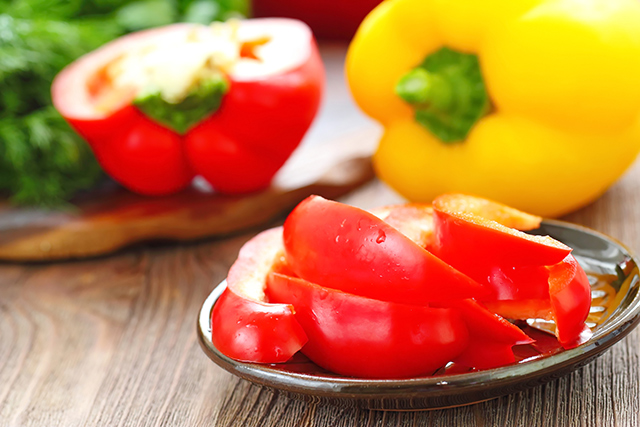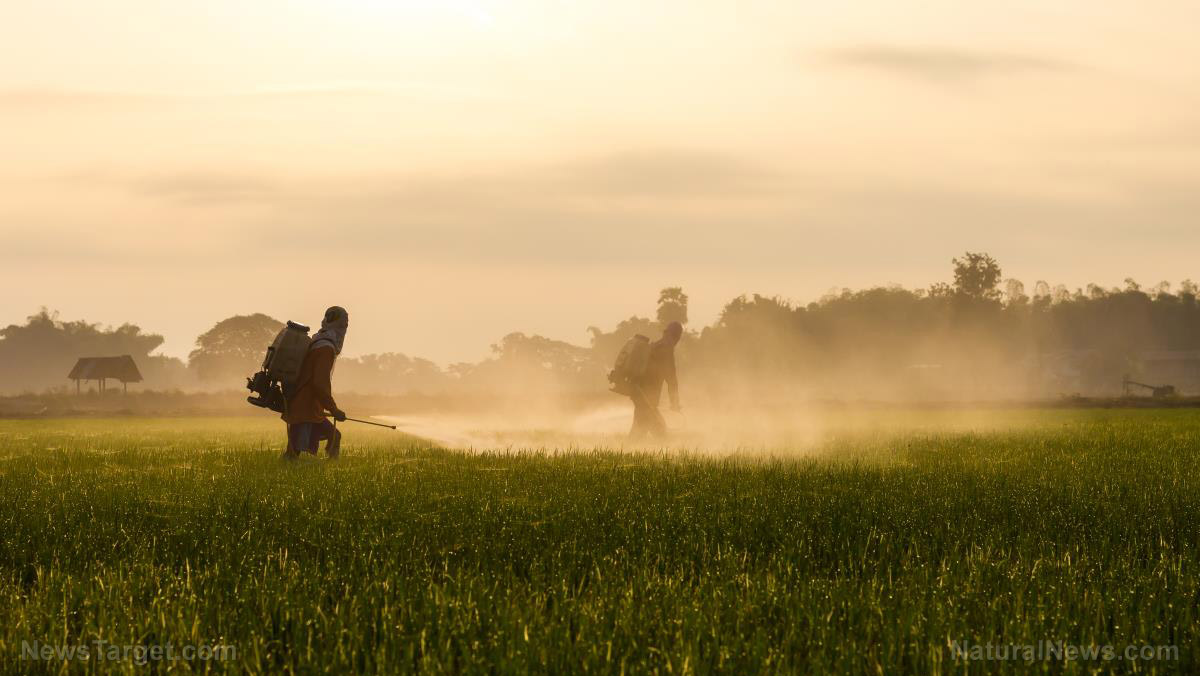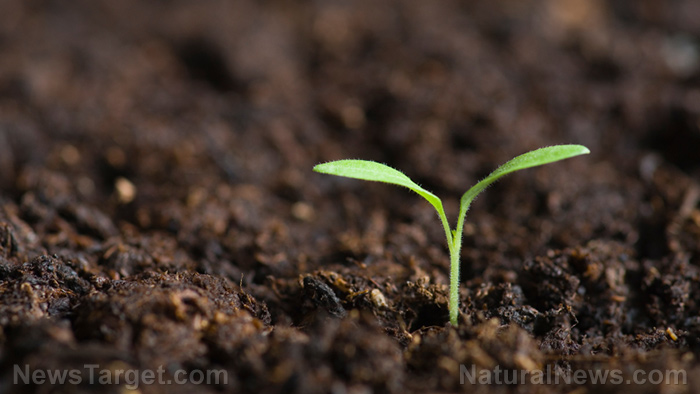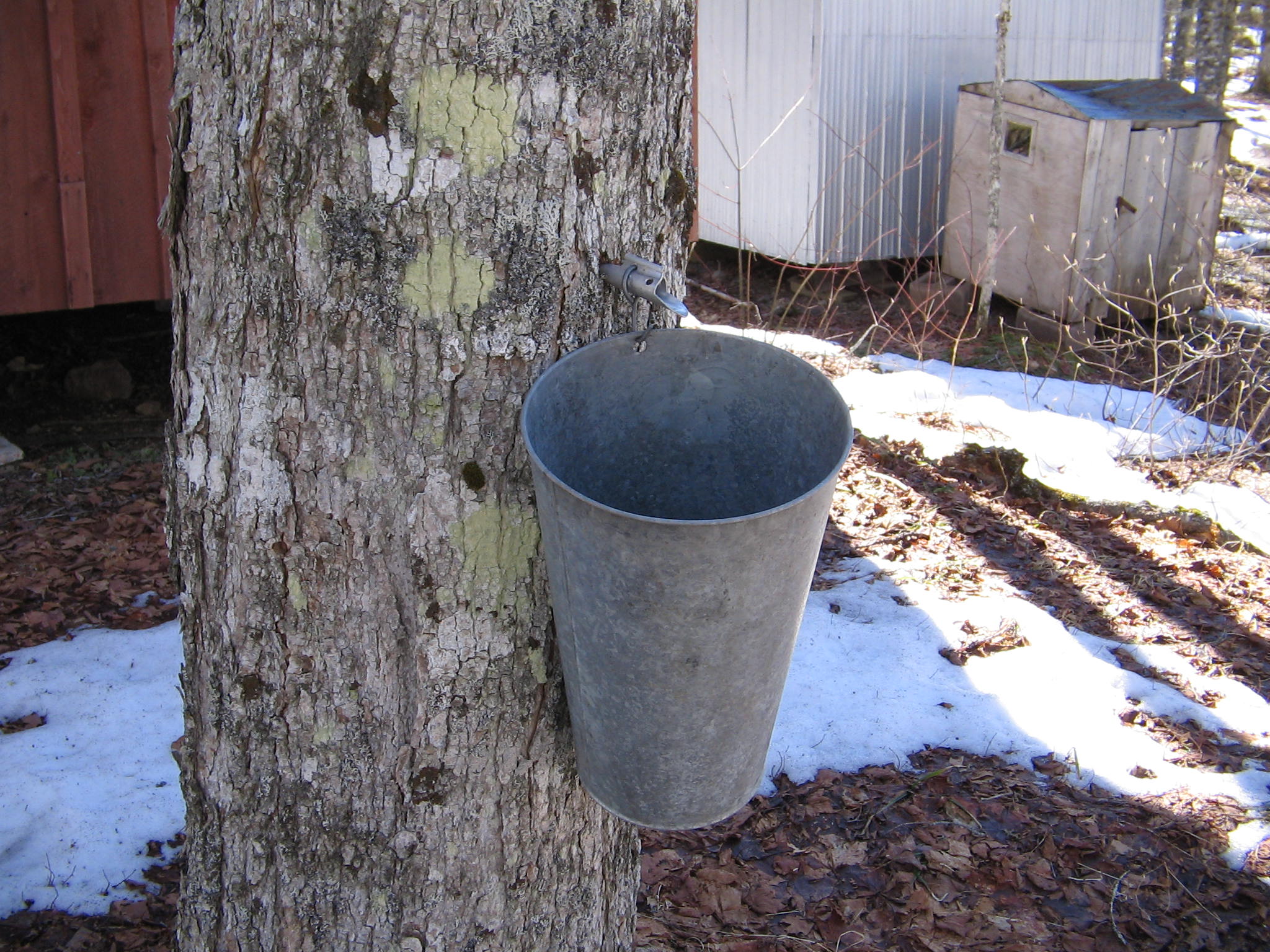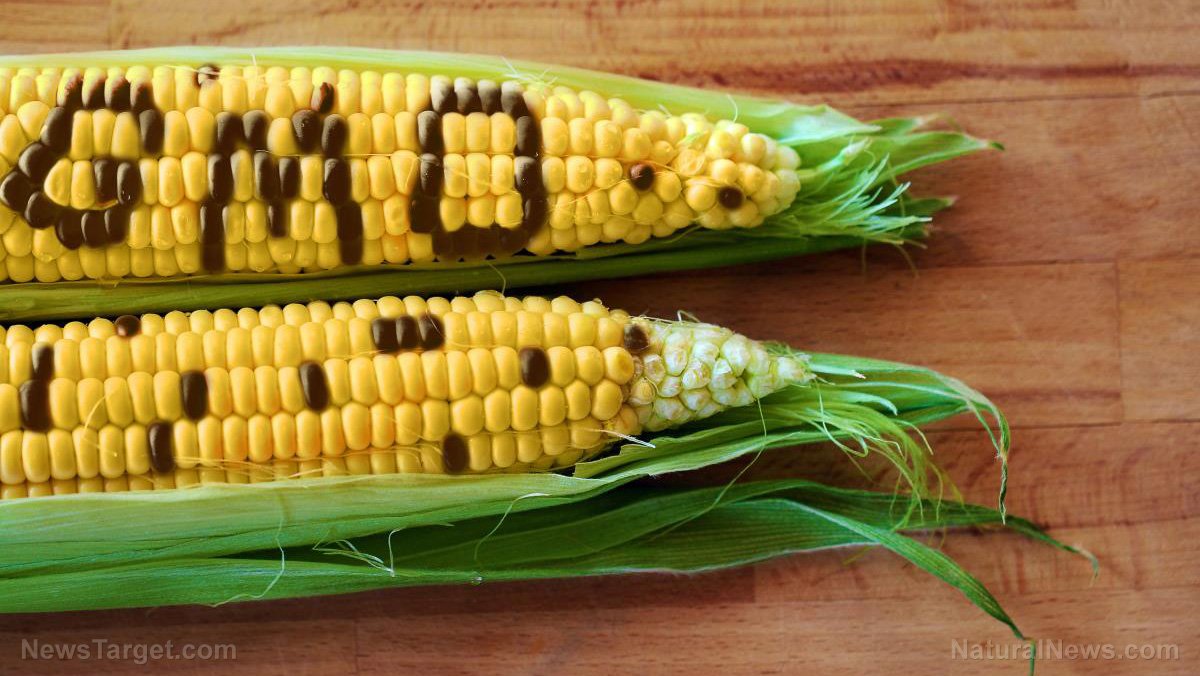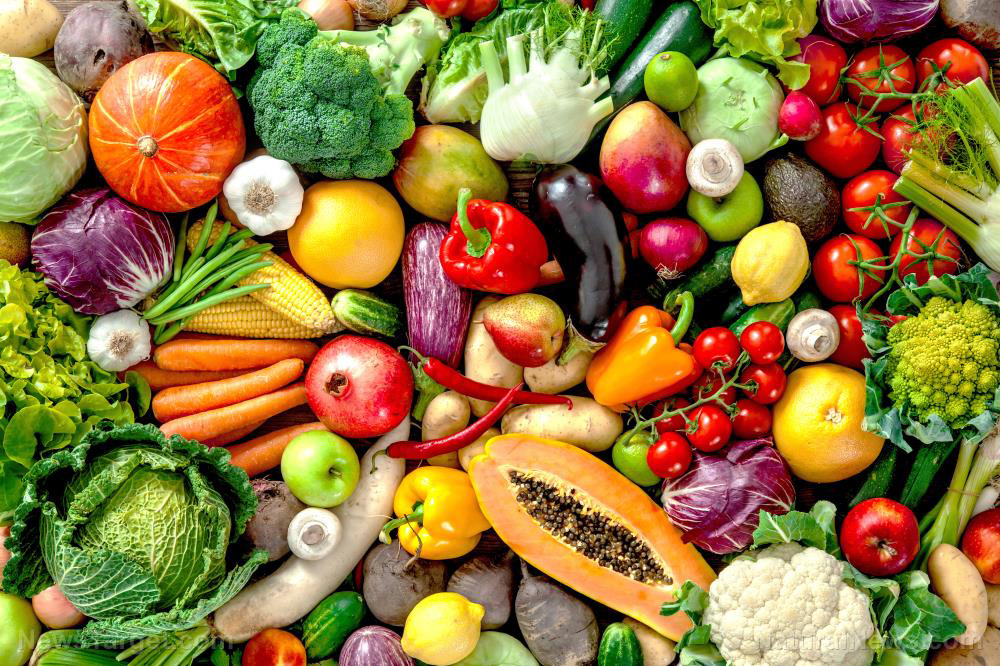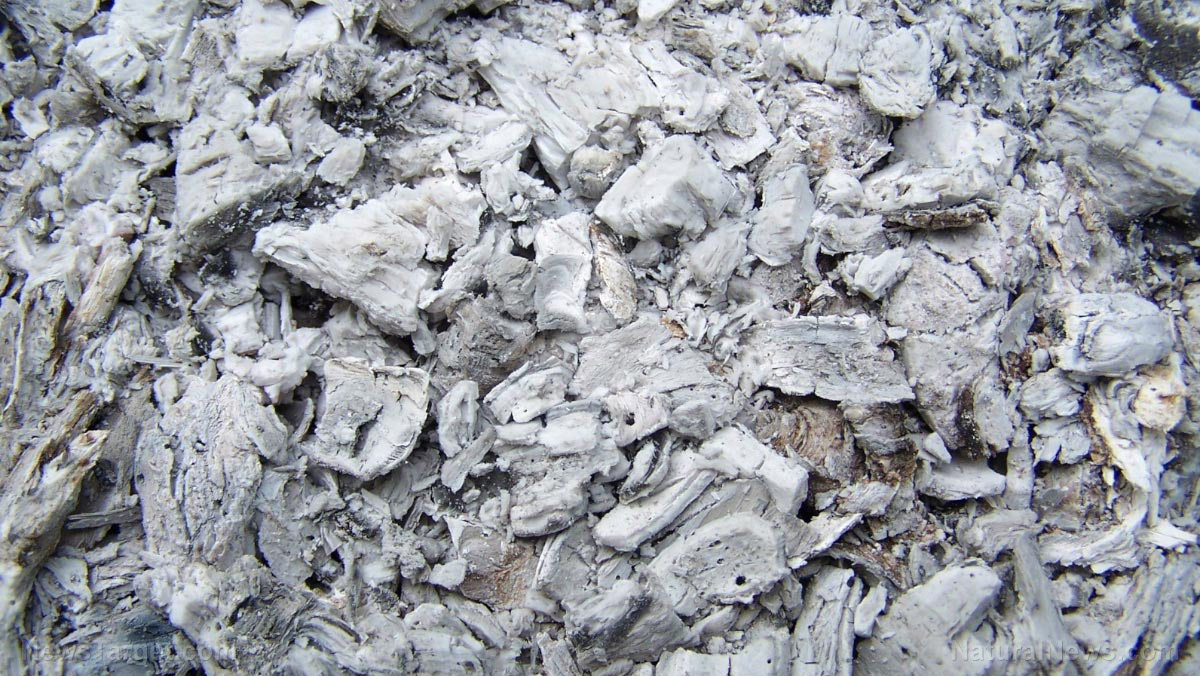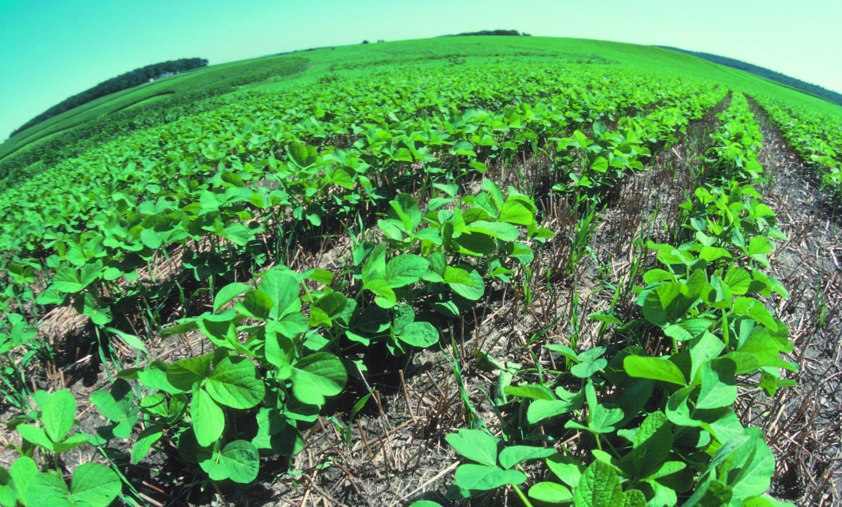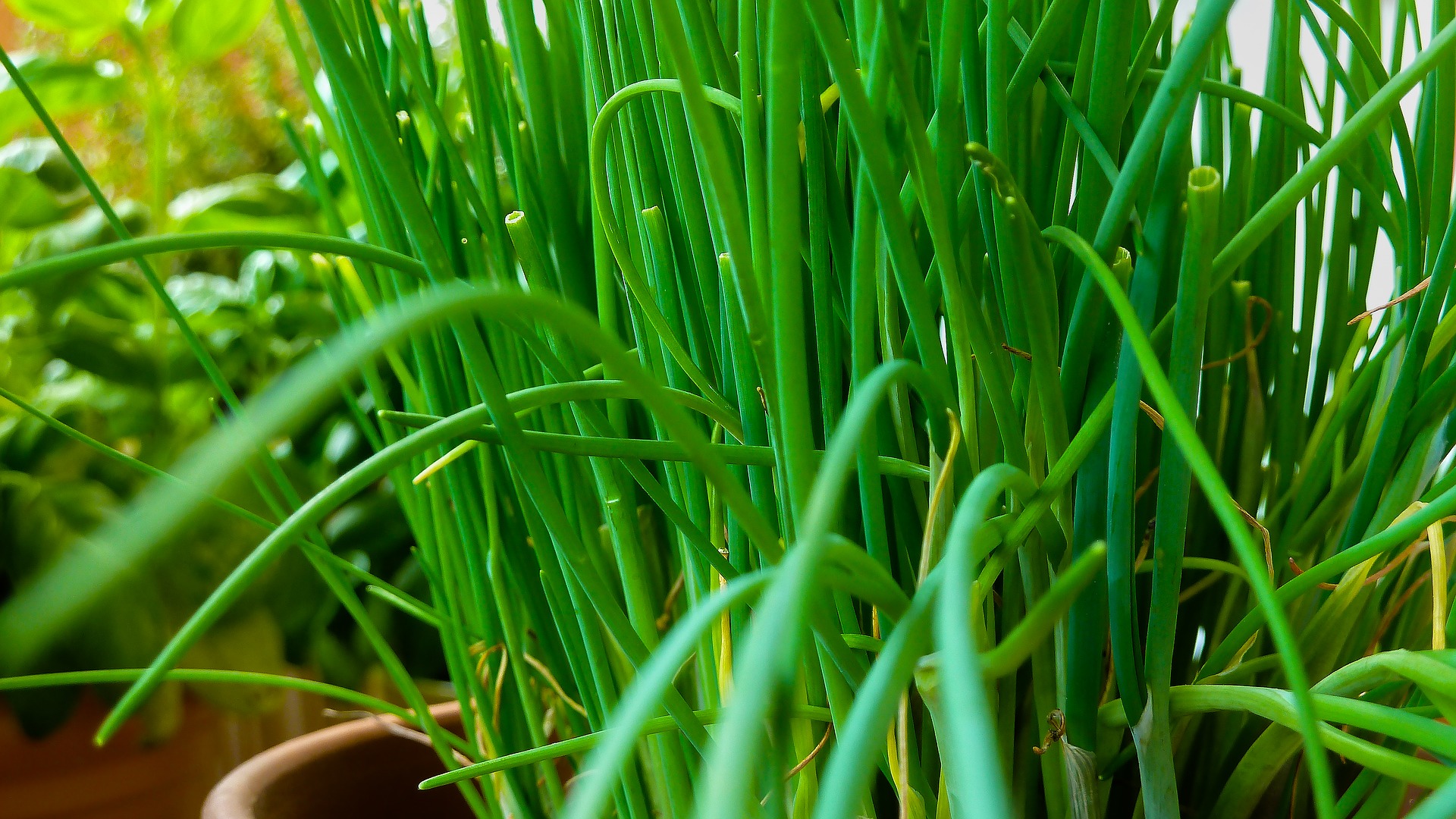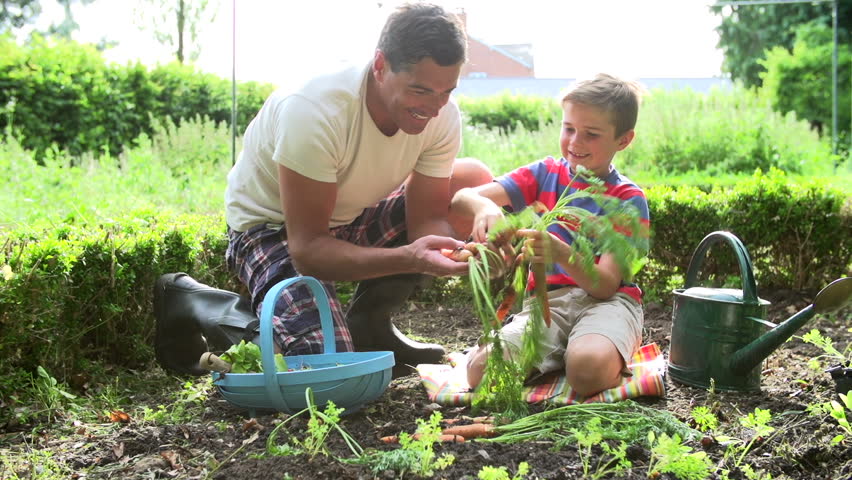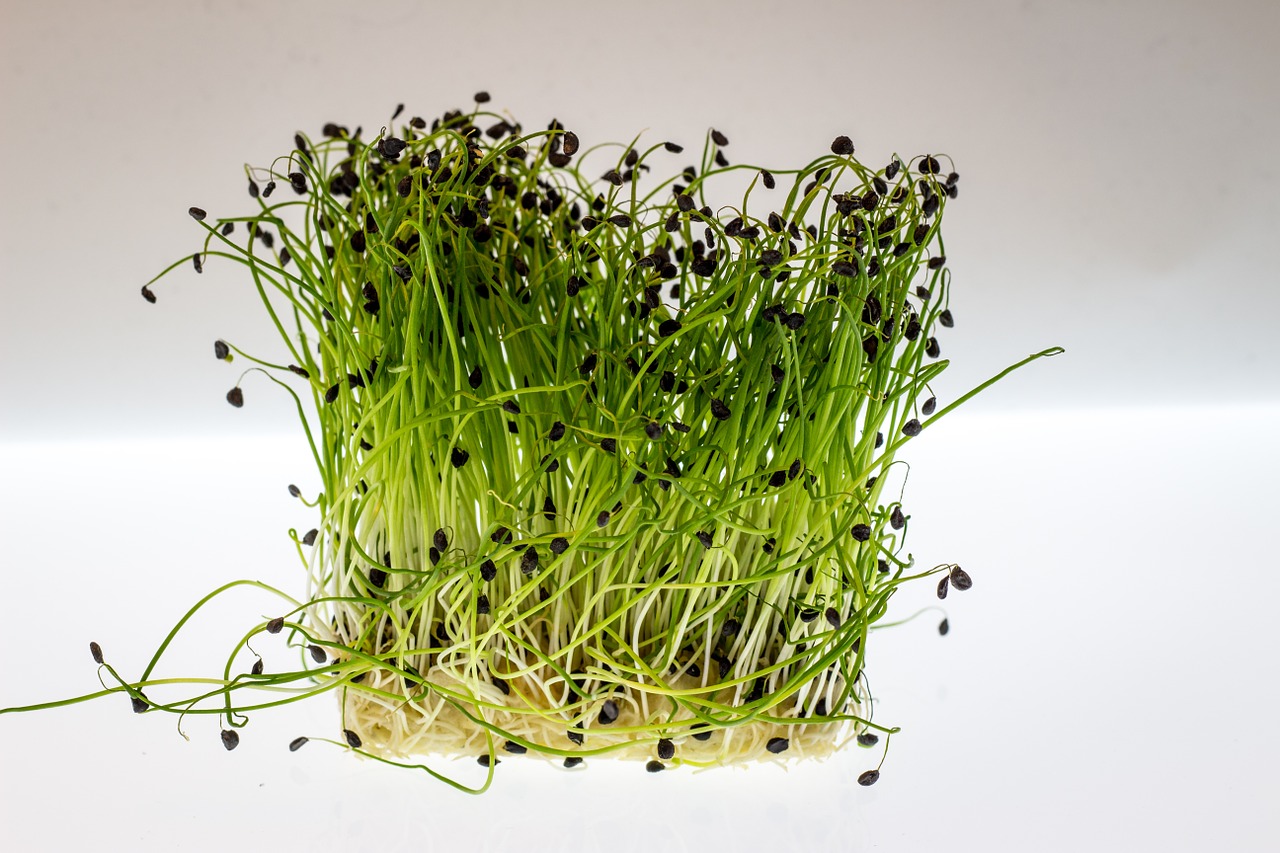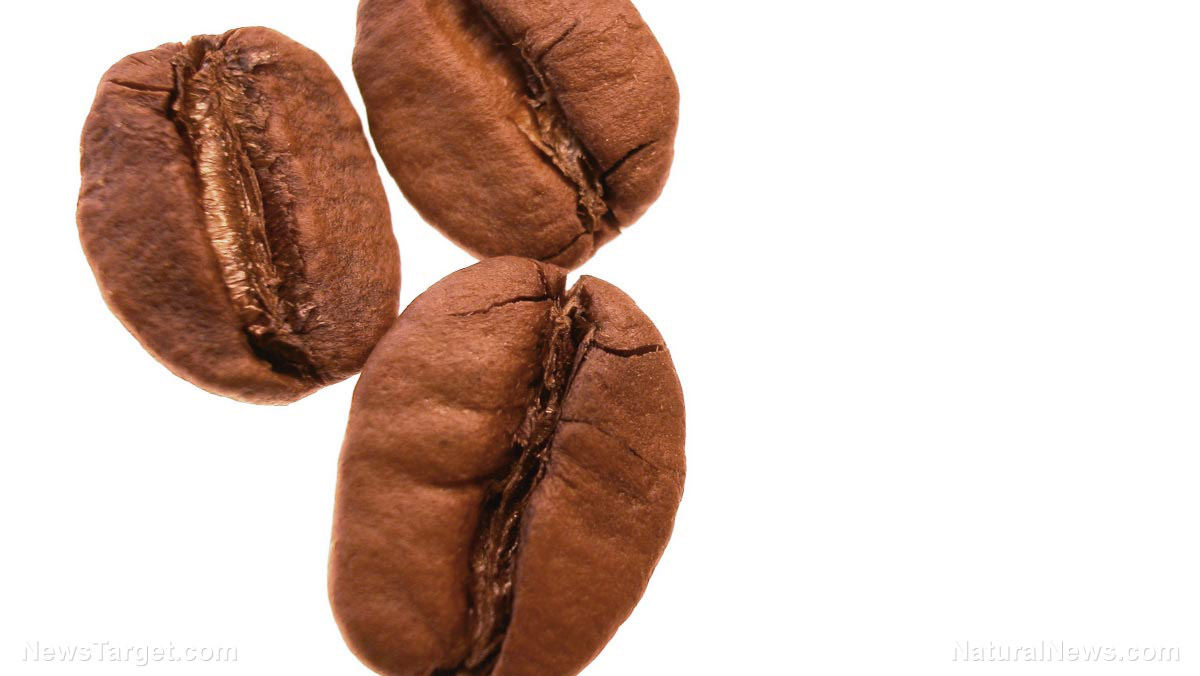Spent coffee grounds can be used as an organic amendment to enhance soil fertility
09/18/2018 / By Edsel Cook
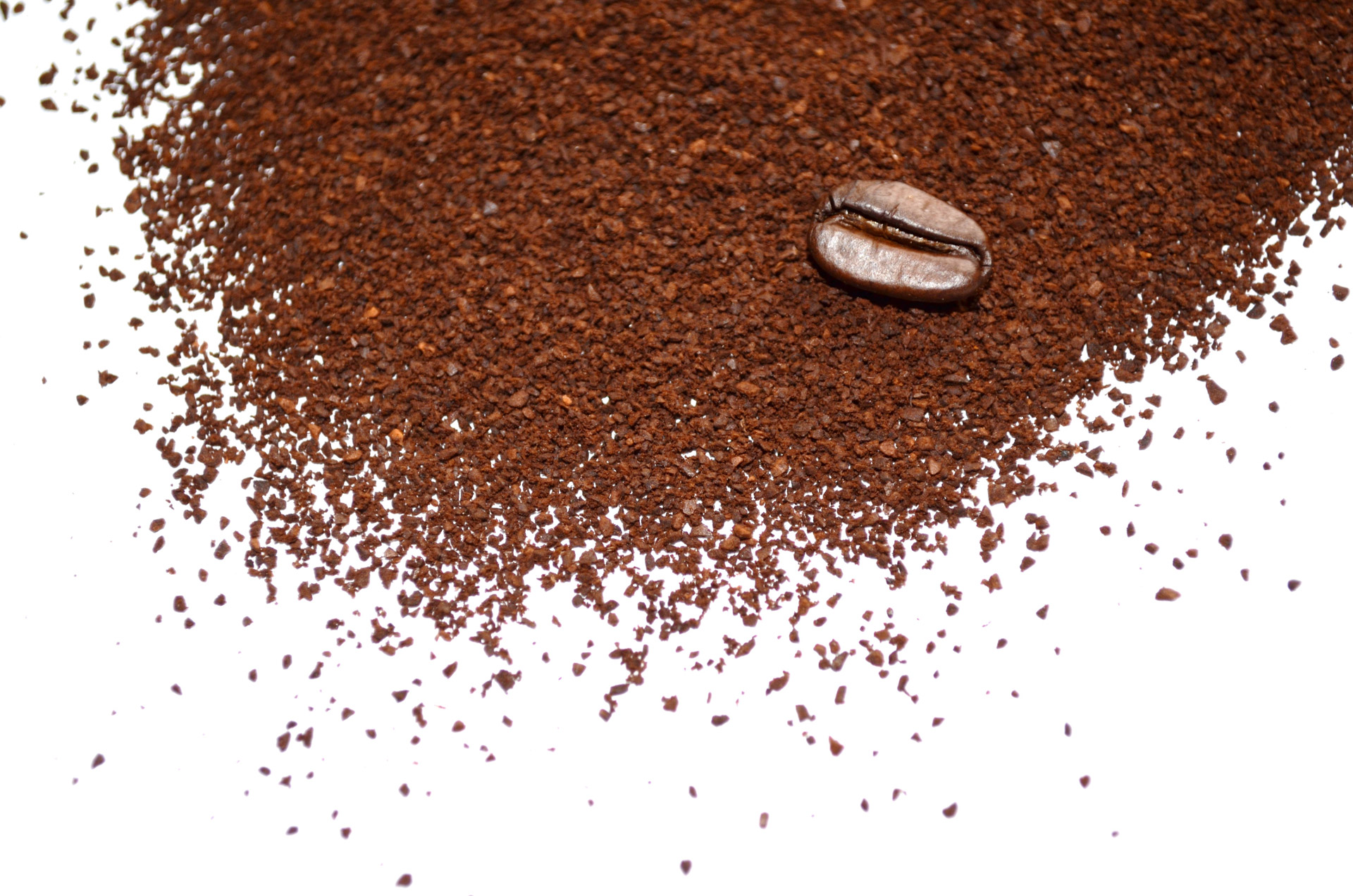
Spanish researchers tested the efficacy of spent coffee grounds as a natural means of amending the fertility of the soil. They reported that recycling the used coffee grounds was able to greatly increase the nutrients and respiration in the soil.
This study was supported by the Universidad de Granada. Its findings were published in the journal Archives of Agronomy and Soil Science.
- Plots with two different types of agricultural soil, Calcisol and Luvisol, were amended using either 2.5 or 10 percent doses of spent coffee grounds. Furthermore, each plot was cultivated using lettuce crops for either 15, 30, 45, or 60 days.
- Different tests were performed to analyze the chemical and physicochemical properties of the soil. At the same time, the growth parameters of the lettuce crop in each plot were evaluated.
- The 10 percent dose was able to raise the levels of organic carbon by 286 percent, the total nitrogen by 188 percent, the available potassium by 45 percent, and the available phosphorus by nine percent. However, that amount of spent coffee ground also decreased the growth of the lettuce by 233 percent.
- Scanning electron microscope imagery showed that the coffee ground particles are incorporated into soil aggregates. Microorganisms grew around these incorporated particles. The respiration rate of the soil increased by 1,000 percent.
- Some of the soil amendment effects differed between the Calcisol and Luvisol soil types.
For future studies, the researchers recommended determining the best dosages of spent coffee grounds for purposes of organically amending the soil.
To learn more about improving soil fertility by recycling used coffee grounds, visit Harvest.news.
Journal Reference:
Cervera-Mata A, Pastoriza S, Rufián-Henares JÁ, Párraga J, Martín-García JM, Delgado G. IMPACT OF SPENT COFFEE GROUNDS AS ORGANIC AMENDMENT ON SOIL FERTILITY AND LETTUCE GROWTH IN TWO MEDITERRANEAN AGRICULTURAL SOILS. Archives of Agronomy and Soil Science. 23 October 2017;64(6):790–804. DOI: 10.1080/03650340.2017.1387651.
Tagged Under: agriculture, coffee, coffee grounds, lettuce, soil amendment, soil condition, soil fertility, soil nutrients, soils, spent coffee grounds

